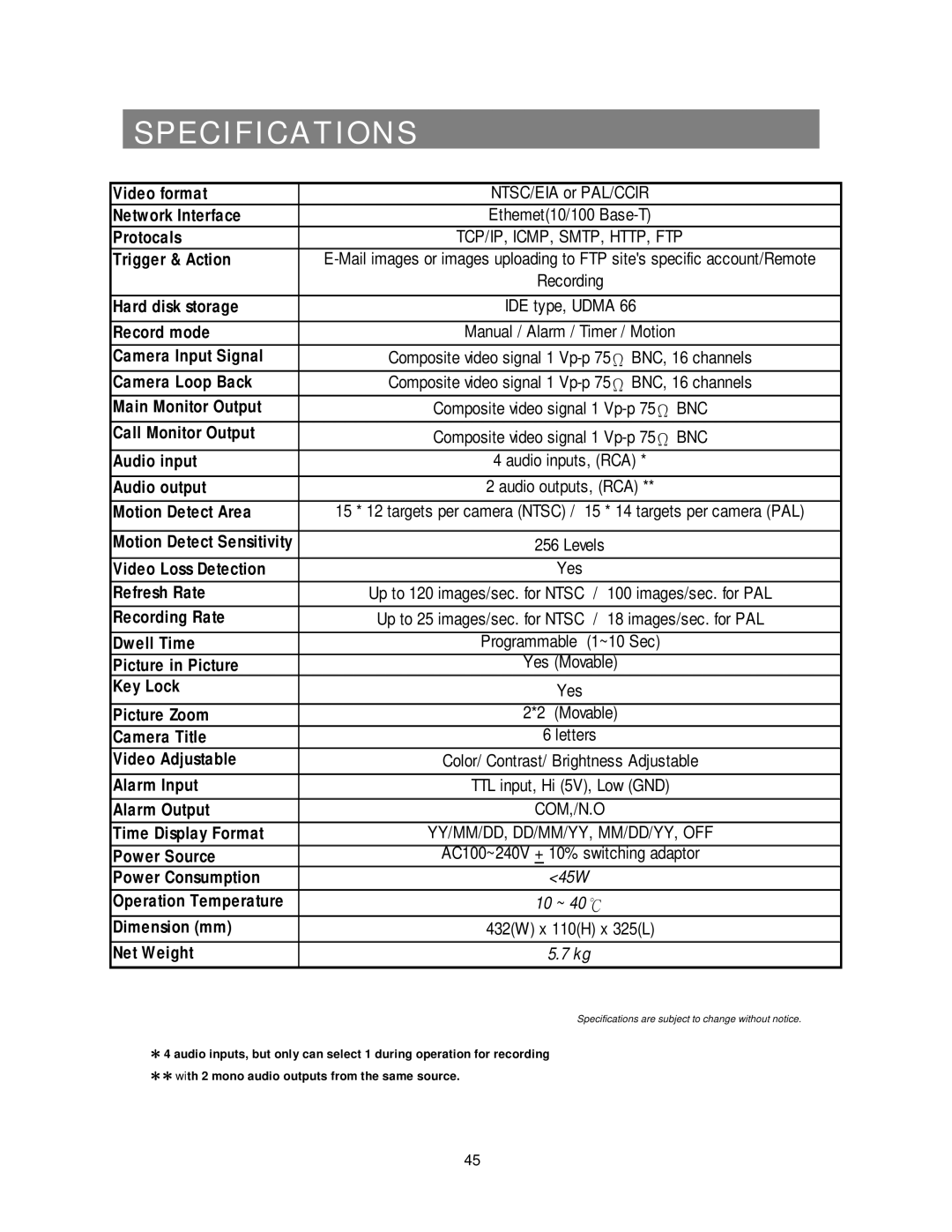777 W V1.0 specifications
The Maxtor 777 W V1.0 is a classic example of a hard disk drive that revolutionized data storage and retrieval during its era. Launched in the late 90s, the Maxtor 777 W series was designed to meet the demands of increasing data storage needs, making it a reliable choice for consumers and businesses alike.One of the key features of the Maxtor 777 W V1.0 is its impressive storage capacity. With options available in different sizes, the drive typically boasts a capacity ranging up to 80 GB, which was considered substantial during its time of release. This capacity allowed users to store a significant amount of data, including large files, media, and software applications, which contributed to the growing digital ecosystem.
The Maxtor 777 W V1.0 utilized IDE (Integrated Drive Electronics) interface technology, which facilitated straightforward connections to computers without the need for additional components. This feature significantly eased the installation process for end-users and provided compatibility with a wide range of systems. Additionally, its 7200 RPM spindle speed enhanced data access time, allowing for quicker read and write operations, which was crucial for performance in demanding applications.
Another noteworthy characteristic of the Maxtor 777 W V1.0 is its advanced error correction features. The drive was equipped with technologies such as S.M.A.R.T. (Self-Monitoring, Analysis, and Reporting Technology), which enabled users to monitor the health of the drive and predict potential failures. Such features provided a layer of confidence to users, allowing them to take proactive measures to safeguard their data.
The drive's design also prioritized durability and reliability, which are essential attributes for long-term storage solutions. Maxtor incorporated innovative shock protection to lessen the effects of physical impacts, in turn prolonging the life of the drive. This was particularly beneficial for users who often transported their drives or operated in environments where physical jolts were a risk.
In conclusion, the Maxtor 777 W V1.0 stands as a testament to the evolution of hard drive technology. With its substantial storage capacity, reliable performance, and user-friendly installation, it paved the way for future advancements in data storage solutions. This drive remains a nostalgic reminder of the rapid technological advancements in the computing world that have shaped the way we store and access data today.

